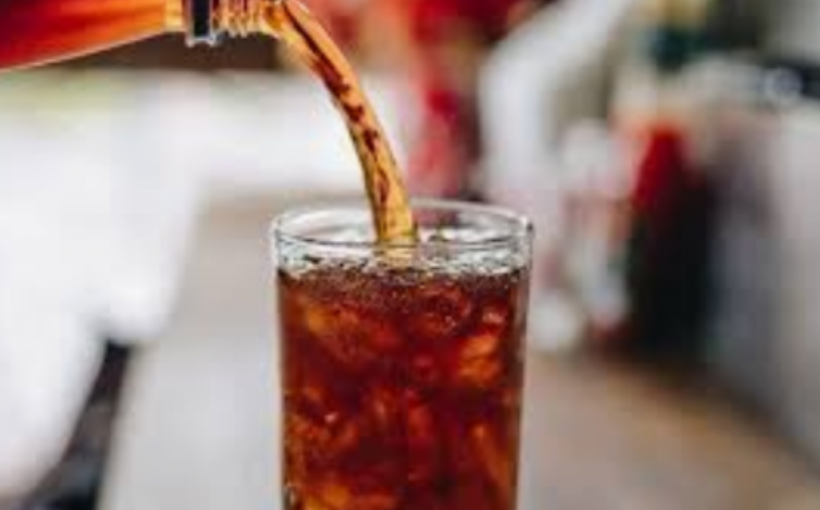Most box office hit films screened in India that are suitable for children contain alcohol imagery, finds research published in the online journal BMJ Open.
Much tighter controls are needed to protect children and young people from the potential avoidable harms of using alcohol, say the researchers.
In 2016 alcohol consumption led to 2.8 million deaths worldwide, and global alcohol consumption has increased by 38% in the past decade. Although rare among women, nearly one in three men in India now drinks alcohol, getting through an average of 18.3 litres every year.
The average age at which people start drinking it is 21, but 1.3% of 10-17 year olds say they drink alcohol, and research shows that starting early on this road in India is associated with chronic heavy drinking later in adult life.
And exposure to alcohol imagery in films is a significant factor driving uptake of alcohol consumption among young people, as well as the amount they drink, say the researchers.
But there’s very little evidence on the content of alcohol imagery in films screened in low income and middle-income countries.
To try and plug this knowledge gap, the researchers coded each 5-minute interval in the 30 top 10 national box office hit films made in India and screened in 2015, 2016, and 2017, according to whether they contained alcohol imagery, defined as any use, actual use, implied use, other alcohol references—and alcohol brand appearances.
The 30 films included 22 (73%) Hindi films and 8 (27%) in regional languages (four Tamil, three Telugu, and one Malayalam).
Seven (23%) were rated suitable for viewing by all ages (U), and 23 (77%) were rated as suitable for viewing by children under 12 subject to parental guidance under 12 (UA).
Alcohol imagery was seen in nearly all (97%) the films, with 195 out of a total of 923 5-minute intervals, and actual alcohol use was seen in 25 (83%) films in 90 (10%) intervals.
The occurrence of these and other categories of alcohol imagery was similar in U rated (38 intervals, 17%) and UA rated films (157 intervals, 23%), and in Hindi (140 intervals, 21%) and local language (55 intervals, 21%) films.
Episodes of alcohol branding occurred in ten 5-minute intervals in five films, one of which was U-rated and one of which was in a regional language.
“This study, to our knowledge the first of its kind in India, demonstrates that alcohol imagery occurred in almost all of this sample of films popular in India, all of which were classified by the [Central Board of Film Certification] in India as suitable either for unrestricted viewing by children (U), or for by children under the age of 12 with parental guidance (UA),” write the researchers.
“Films represent an important source of exposure, not only in terms of the cinema audiences they generate, but also for the potentially wider audiences reached when films are shown on television,” they add.
They conclude: “The prudent approach to avoidable risks is to avoid them, and since the inclusion of alcohol imagery in films aimed at children is entirely avoidable, protecting children from future alcohol use and consequent problems justifies more rigorous controls on the alcohol content of films aimed at children and young people in India.”
British Medical Journal


